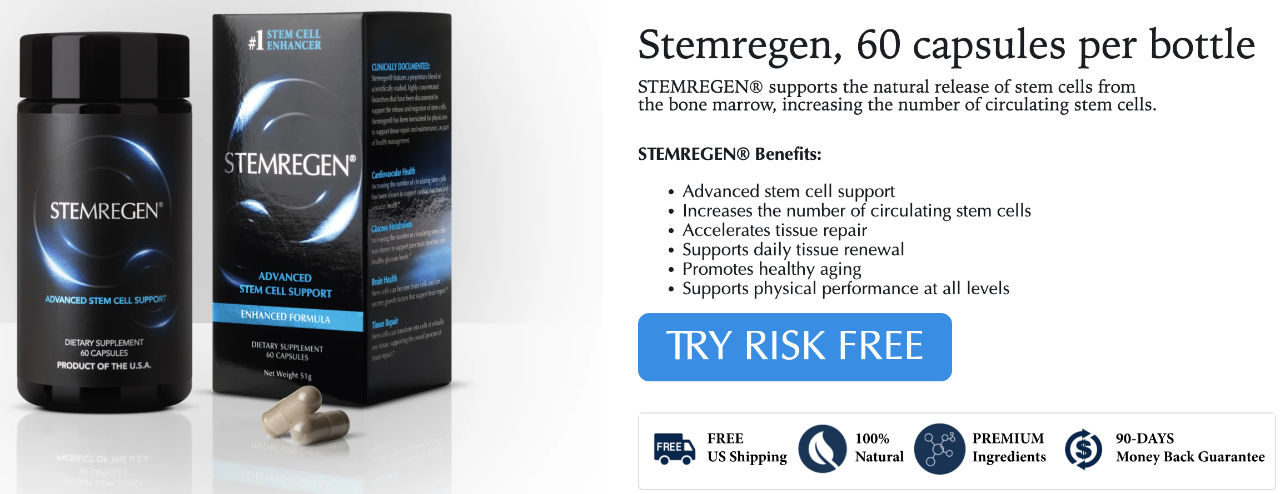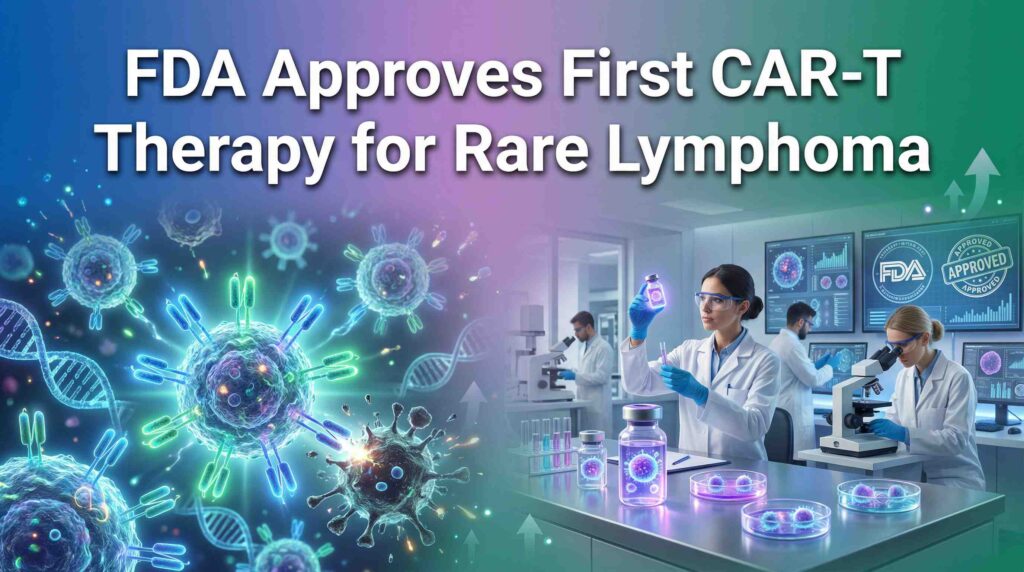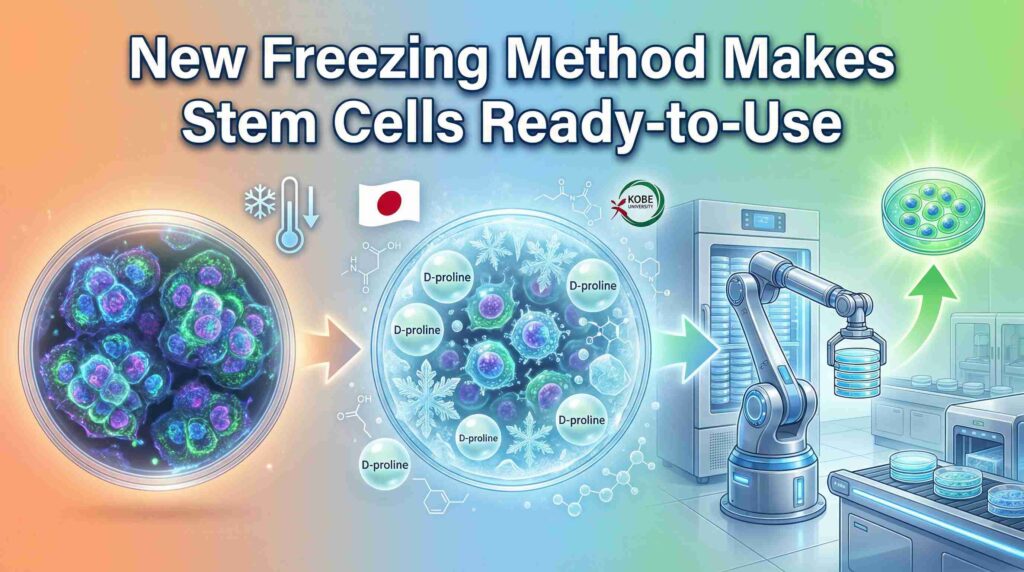Could we really add 50 years to our lives? Are we on the verge of a medical breakthrough that will fundamentally change how we age?
These questions have captivated scientists and the public alike, and a recent conversation with biotech entrepreneur Yuta Lee provides fascinating insights into cutting-edge stem cell research that might hold the answers.
In a comprehensive 57-minute interview on The Beyond Tomorrow Podcast, Lee discusses groundbreaking advances in trophoblast stem cell therapy and regenerative medicine that could revolutionize how we approach aging and cellular repair.
This emerging field represents one of the most promising frontiers in longevity science, offering hope for extending both lifespan and healthspan.
Understanding Trophoblast Stem Cells: The Game-Changing Discovery
Trophoblast cells represent a unique category of stem cells that form during early pregnancy.
These cells are responsible for creating the placenta and establishing the crucial connection between mother and developing fetus.
What makes them extraordinary is their remarkable regenerative potential and their ability to avoid the typical limitations that constrain other stem cell therapies.
Unlike traditional stem cell approaches that often face ethical concerns or biological limitations, trophoblast cells offer a breakthrough solution.
Lee explains that these cells can be ethically sourced and possess exceptional capabilities for tissue regeneration and cellular repair.
The science behind trophoblast therapy centers on their ability to communicate with existing cells and trigger natural healing processes.
The Hayflick limit – the number of times a cell can divide before it stops – has long been considered a fundamental barrier to cellular longevity. However, trophoblast cells appear to operate outside these conventional constraints, offering new possibilities for cellular renewal and tissue regeneration.
The Science of Cellular Aging and Regeneration
Aging occurs primarily through cellular damage accumulation and the gradual decline of our body’s repair mechanisms. Lee describes aging as “cellular garbage accumulation” – a process where damaged proteins, dysfunctional organelles, and toxic byproducts build up within our cells over time.
Traditional approaches to anti-aging have focused on slowing this process, but trophoblast stem cell therapy takes a different approach. Instead of merely slowing cellular decline, this technology aims to actively reverse damage and restore cellular function to more youthful states.
The process involves several key mechanisms:
Cellular Signaling Reset: Trophoblast cells can communicate with aged cells and essentially “turn back the biological clock” by resetting cellular signaling pathways that have become dysfunctional over time.
Tissue Regeneration: These cells can differentiate into various cell types needed for organ repair and regeneration, potentially allowing for the growth of new, healthy tissue to replace damaged areas.
Apoptosis Regulation: The therapy can help regulate programmed cell death, ensuring that damaged cells are properly eliminated while healthy cells are preserved and rejuvenated.
From Laboratory to Reality: Manufacturing and Scaling Challenges
One of the most significant hurdles in bringing trophoblast therapy to widespread use involves bio-manufacturing and scaling production. Lee discusses the complex process of learning to “mimic pregnancy in a lab” – essentially recreating the natural conditions that allow trophoblast cells to thrive and multiply.
The manufacturing process requires precise control of environmental factors, nutrient delivery, and cellular conditions.
Current research focuses on developing cost-effective methods to produce therapeutic quantities of these cells while maintaining their potency and safety.
Key challenges include:
- Cost Reduction: Making the therapy accessible to broader populations
- Quality Control: Ensuring consistent therapeutic outcomes
- Regulatory Approval: Meeting safety standards for human use
- Distribution: Developing stable storage and delivery methods
Ethical Considerations and Breakthrough Potential
The ethical sourcing of trophoblast cells represents a significant advantage over other stem cell therapies. Unlike embryonic stem cell research, which faces ethical objections, trophoblast cells can be obtained through methods that don’t raise the same moral concerns.
This ethical clarity has accelerated research and development, allowing scientists to focus on therapeutic applications rather than navigating complex ethical debates. The result is faster progress toward clinical applications and real-world treatments.
Advanced Fertility Science and Organ Regeneration
Beyond anti-aging applications, trophoblast therapy shows promise for advanced fertility treatments and organ regeneration. The technology could potentially enable the regeneration of reproductive organs and tissues, offering hope for individuals facing fertility challenges.
The concept of lab-grown organs using trophoblast cells represents another frontier. By harnessing the natural regenerative properties of these cells, researchers are exploring the possibility of growing replacement organs that are biologically compatible with the recipient.
The Business of Longevity: First Mover Advantage
Lee emphasizes the importance of first mover advantage in the longevity industry. Companies that successfully develop and commercialize trophoblast therapies first will likely dominate this emerging market. This creates intense competition among biotech firms and drives rapid innovation.
The race to longevity involves not just scientific breakthroughs but also strategic business decisions about research focus, partnership development, and regulatory pathways. Success requires balancing scientific rigor with commercial viability.
Staying Mission-Focused in a Noisy World
Developing revolutionary medical technologies requires maintaining focus amid distractions and competing priorities.
Lee discusses the challenge of staying “mission-focused in a noisy world” where media attention, investor pressure, and public expectations can derail scientific progress.
Successful longevity entrepreneurs must balance multiple demands:
- Scientific Integrity: Maintaining rigorous research standards
- Public Communication: Explaining complex science to general audiences
- Investor Relations: Meeting financial expectations while pursuing long-term goals
- Regulatory Compliance: Working within existing medical frameworks
The Real Roadmap to Reversing Aging
The path to practical age reversal involves multiple interconnected approaches. Trophoblast therapy represents one crucial component, but comprehensive age reversal will likely require combining multiple technologies and treatments.
Lee outlines a roadmap that includes:
Phase 1: Developing safe, effective trophoblast therapies for specific conditions Phase 2: Expanding applications to broader anti-aging treatments Phase 3: Integrating with other longevity technologies for comprehensive age reversal Phase 4: Making treatments accessible to general populations
Future Implications and Next Steps
The implications of successful trophoblast therapy extend far beyond individual health benefits. Society will need to adapt to populations with significantly extended lifespans, including changes to retirement planning, healthcare systems, and social structures.
Current research focuses on moving from laboratory success to clinical trials and eventual regulatory approval. The timeline for widespread availability remains uncertain, but progress continues to accelerate as understanding of trophoblast biology improves.
Conclusion: A New Era of Human Longevity
The conversation with Yuta Lee reveals that we may be closer to dramatic life extension than many realize. Trophoblast stem cell therapy represents a genuine breakthrough with the potential to add decades to human life while improving quality of life during those extended years.
While challenges remain in manufacturing, regulation, and accessibility, the scientific foundation appears solid. The combination of ethical sourcing, powerful regenerative capabilities, and growing commercial interest suggests that trophoblast therapy could become a reality within the coming decades.
For those interested in longevity science, this field deserves close attention. The work being done today in trophoblast research may determine whether future generations live to 100, 150, or beyond while maintaining health and vitality throughout their extended lives.
The question is no longer whether we can significantly extend human lifespan, but how quickly we can make these breakthrough therapies safe, effective, and accessible to everyone who could benefit from them.
Watch the full interview with Yuta Lee on The Beyond Tomorrow Podcast to learn more about the cutting-edge science behind trophoblast stem cell therapy and its potential to revolutionize human longevity.


